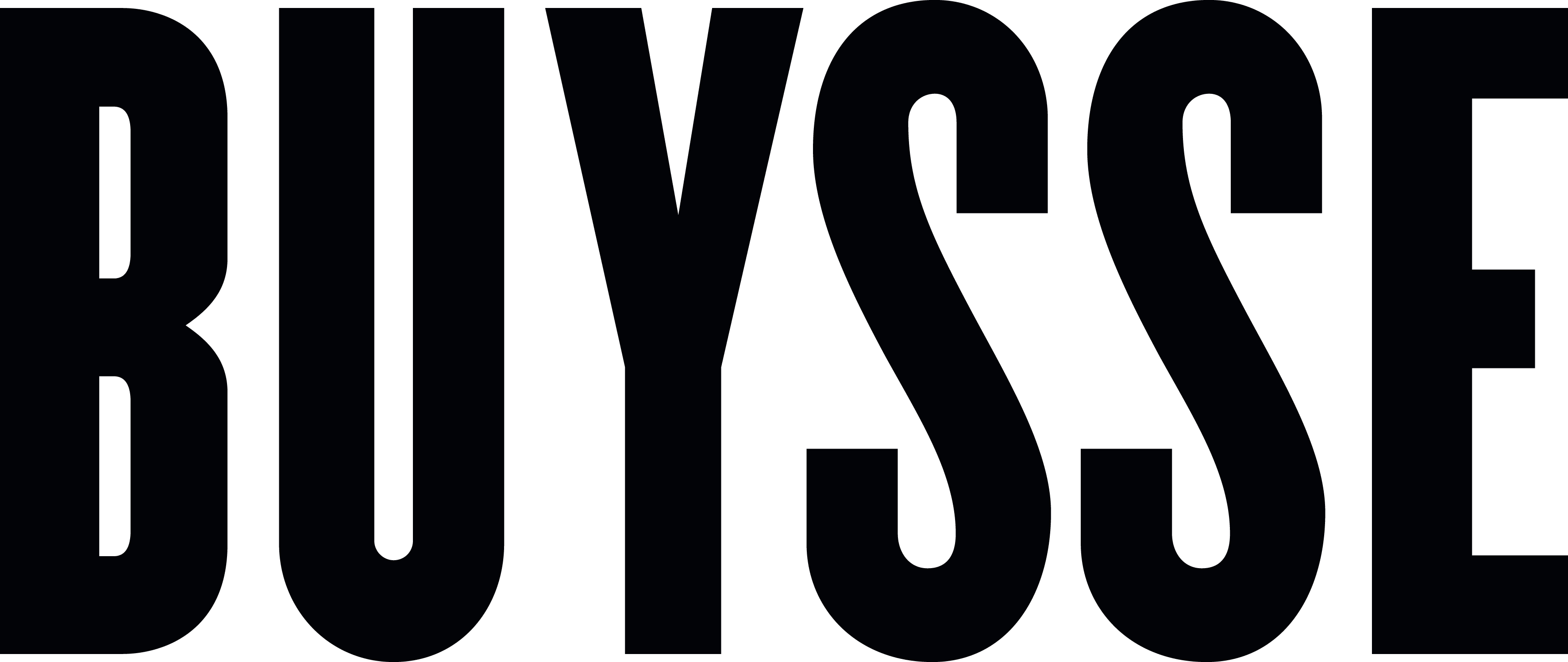"Evanescence," by its definition, refers to the process of fading away or disappearing gradually, often leaving behind no tangible trace. It is a term that captures the essence of transience and the impermanence of states, moments, and forms.
In the context of the upcoming exhibition titled 'Evanescence' at BUYSSE Gallery, and in line with the insightful and reflective tone of the previous writings, the theme suggests an artistic exploration of fleeting moments and the ephemeral nature of existence. It resonates with the critical dialogues and the intuitive, evolving journey shared between myself, Louis Buysse, and Tom Van Puyvelde, which has been built upon a foundation of contemplation and mutual respect for the temporal qualities inherent in life and art.
The term evanescence could be seen as a guiding metaphor for the artworks displayed. It speaks to the nature of Van Puyvelde's work, which, as Domenico de Chirico has noted, occupies a space where "everything happens and manifests itself"-a statement that encapsulates the fleeting interactions between the artist's brush and the canvas, where each stroke is a testament to the momentary essence it captures.
'Evanescence' as a concept is intrinsically aligned with the previous exhibition 'Variantes,' as part of the outcome of the Chambre Avec Vue artist residency in Saignon (France). By embracing the idea of subtle gradations and the intangible qualities that emerge from the dynamic between the visible and the invisible, the figurative and the abstract. It suggests that the artworks are not static but are involved in a constant process of becoming and unbecoming, much like the ever-changing dialogue between the gallery and its audience, which shapes and is shaped by these encounters.
The exhibition is thus a manifestation of this notion, where the artwork provides an anchor for experiences that are as transient as they are impactful, leaving an indelible impression on the viewer's mind long after the image has faded from view. In this space, Van Puyvelde's art becomes a medium through which we witness the beautiful yet ephemeral dance of light and shadow, form and dissolution-a space where the visual language of evanescence challenges us to find meaning in what is fleeting and to appreciate the resonant beauty of that which is poised to disappear.
In an intimate interrogation of Van Puyvelde's artistic methodology, we encounter a series of existential queries that shape the canvas's destiny: What methods construct a visual narrative within his oeuvre, and by what means is that narrative subsequently veiled, its clarity diminished in gradual obscurity? How does the medium commune with the canvas's surface? Upon which tools does the artist rely to impart a unique cadence to his creations? With what rhythm and fervor does the artist's hand navigate the textural landscape? These lines of inquiry transcend the mere mechanics of technique, inviting a deeper rumination on the painting's very soul. Van Puyvelde's response to such questions is manifested in the myriad textural variations of his canvases, the tangible vitality of the paint, and the deliberate dynamism in each stroke-each element converging beyond the representational to uncover a narrative that resonates with universal truths intrinsic to the discipline of painting.

